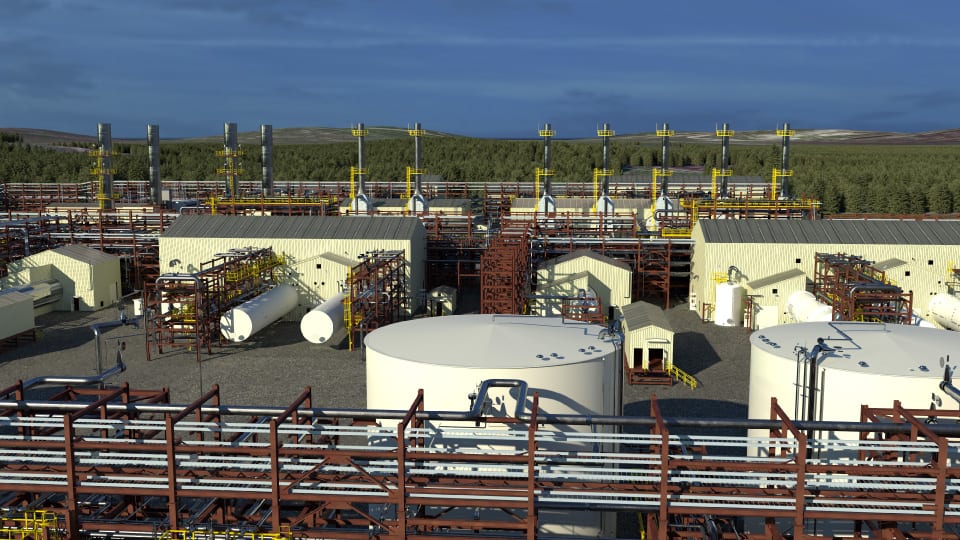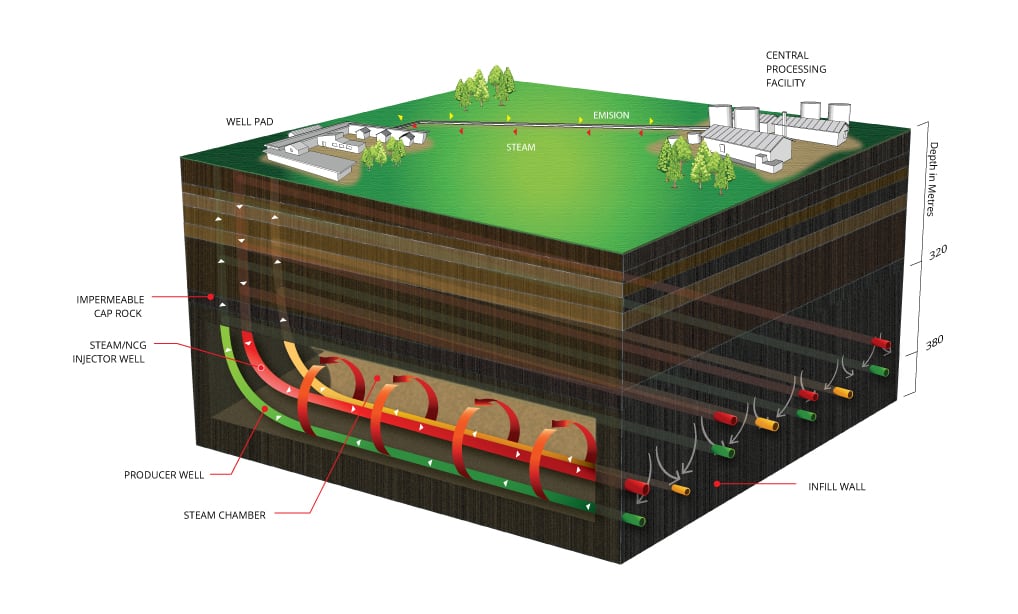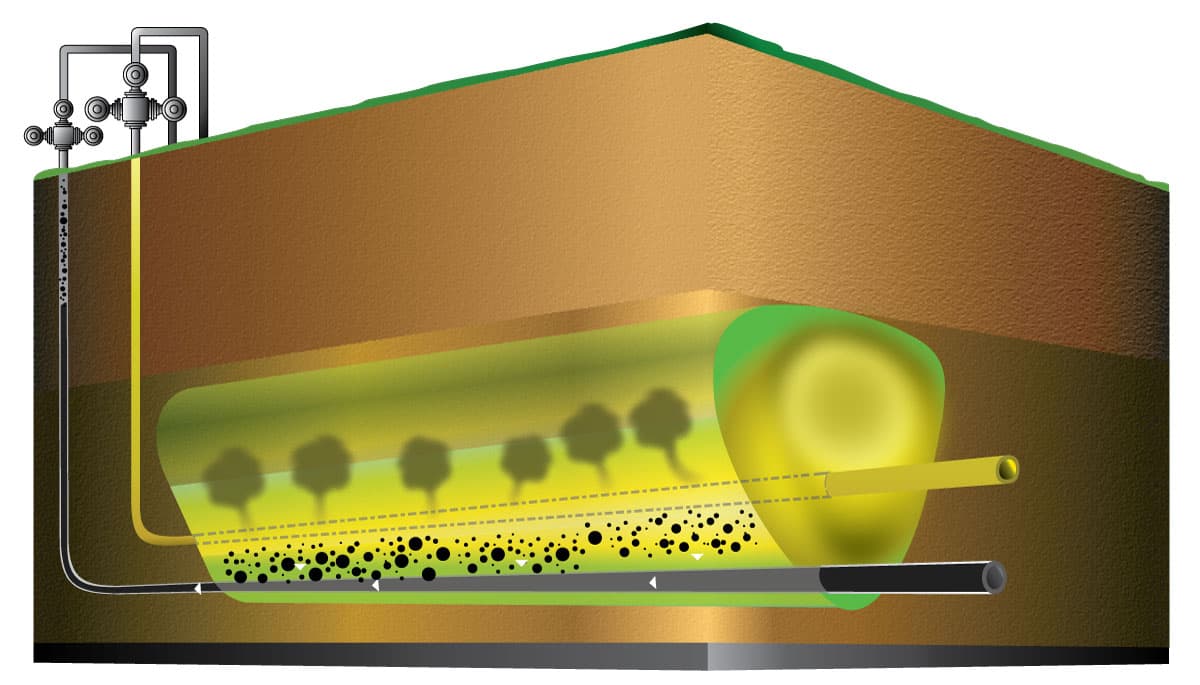
Well Pad Design
Overview
Client
Project facility
Christina Lake is a largescale processing facility that uses in-situ steam-assisted gravity drainage (SAGD) technology to extract bitumen.
Situation
As thermal in-situ assets are developed, they require new wells to be installed to sustain and grow production.
The significant quantity of new wells brought on-stream provides an opportunity to take advantage of economies of scale through standardization and transitioning from fabrication to manufacturing style processes.
Solution
Outcomes
The new well pad design resulted in a TIC savings of 40% compared to the previous generation well pad. A significant contributor to the cost reduction was field execution being shortened by several months.
Equipment & Technology
The well pad design was developed to intrinsically support the full lifecycle of operations, from steam circulation and production to end-of-cycle enhanced oil recovery technologies.
Our designs support natural and artificial lift technologies (gas lift, PCP, ESP, plunger, etc.).
Among other items, the design development includes:
• Group and test separators
• Well production control modules
• Steam let down stations
• Circulation transfer pumps
• Line heaters
More Highlighted Projects
Click below for more project profiles that highlight our engineering consulting capabilities in a variety of industrial engineering markets.


Is quality supply chain management really that important when constructing energy facilities?

Energy industry upgrade using artificial intelligence?

3 ways to enhance energy industry safety!

Steam-Assisted Gravity Drainage (SAGD) Greenfield Expansion

Largescale Heavy Oil Processing Facility
